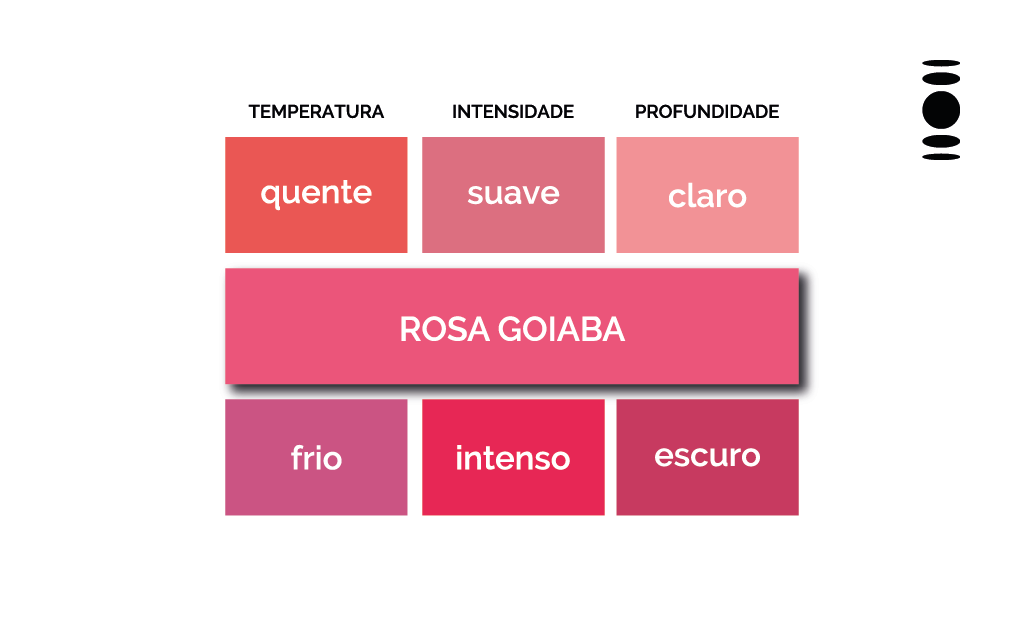Universal colors: myth or truth?

Do universal colors work? Are they myth or truth? Are they really for everyone?
The controversy surrounding universal colors is not new and they divide opinions among beauty professionals.
As a Personal Color Specialist and having analyzed a significant number of skins during my professional journey, I couldn’t help but come here and comment on my position on the subject.
You know how much I value transparency in communication and also in my commitment to information. Therefore, I will be very clear on the points I will address throughout this text.
If you still have any questions, feel free to leave your comment! I’ll be happy to answer, ok?
First of all, what are universal colors?
First, let’s understand what universal colors are? By definition, they are colors in which there is a balance of temperature, intensity and depth in the composition.
In other words, they are colors that are not so warm and not so cool; neither too intense nor too soft; neither too light nor too deep.
That’s why we say that, when used close to the face, they tend to illuminate and enhance any type of beauty.
How many universal colors are there and what are they?
It is not possible to say the exact number of universal shades that exist on the market. Studies are continually carried out to select, within each color family, those tones whose dimensions are more balanced and which, therefore, will flatter a greater number of people.
At Studio Immagine, we currently work with 14 universal colors, which are indicated in all color palettes.
They are: guava pink, watermelon red, wine, bottle green, emerald green, turquoise, petrol blue, denim blue, navy blue, lilac, fendi, off-white, almond and butter.

These colors are super democratic, they can be used by people with white, black, Asian skin and with different particularities, such as melasma, rosacea, dark circles, vitiligo…
Especially when the person doesn’t know their color palette yet!
Another very important point is that, precisely because they work better on a greater number of people, universal colors are big bets for brands and companies.
Therefore, it is very common to find them in stores whenever you go shopping.
They are easier to sell, because they are colors with which people tend to feel more beautiful, with cleaner and brighter skin!
Universal colors: myth or truth?
But are universal colors, in fact, democratic and value all people?
Firstly, I want you to understand how Personal Coloring Analysis works.
During the analysis, we evaluate the three dimensions (temperature, intensity and depth) on the client’s skin through a comparative test with fabrics.
As a result, we arrived at a color palette. In other words, selecting the best tones in terms of depth, intensity and temperature for each person. The colors on the color palette are a reproduction of the colors of the person’s beauty.
In my case, for example, which is Soft Autumn, the colors that benefit me the most, of all, are soft, warm and medium-dark.
Those who are Clear Winter look good in intense, cool and intermediate to deep colors in terms of depth.
Each beauty will have a set of colors that will enhance it more, right? Especially if these tones are closer to the face.
What happens in the case of universal colors? These three dimensions become more balanced.
I will give a practical example. Very Peri, Pantone color of 2022, is a bluish lilac with a touch of red in the composition, which makes it universal within the lilac family, which originally has a cooler DNA.

Because the temperature, intensity and depth are “in the middle”, these colors tend to favor a greater number of skin types.
And this is where I want you to pay close attention.
Do universal colors work?
Yes. Universal colors work, but if you already know what your color palette is, have no doubt that there is the best selection of tones for you, taking into account the characteristics of your skin!
These will be tones that will be more flattering than the universal tones, because they will meet the three characteristics of your skin and will not be “in the middle”, in balance.
However, nothing stops you from using universal colors in your looks.
You know that their negative impact on your beauty is infinitely smaller than compared to a color with characteristics opposite to those in your color palette, precisely because it is “in the middle” of everything. Its dimensions are balanced.
Universal colors are excellent, as I said, especially for people who don’t yet know the color palette and want to start having a more colorful wardrobe. They are a great starting point.
Furthermore, they are super easy to find in stores, because they are market colors. In other words, they are bets for brands because they usually have a good sales result.
But whoever has the color palette can very well use them on the bottom of the look, in accessories and also in blouses, tiaras, earrings…
Universal tones work really well for uniforms, as they are more democratic and flatter different beauties. How many navy blue and bottle green uniforms do we see out there? This choice is not random.
But not everything is rosy and I need to be honest.
Universal colors don’t work if…
I always talk a lot about what color is energy, feeling, vibration. They greatly influence the way we react to our day.
Therefore, universal colors will not be a good choice if they are not part of your essence and do not make sense with your personality, your style and your desire for image.
Remember that color is constantly communicating a message. Imagine spending an entire day wearing colors that make you feel bad? Head down? Or that convey a message opposite to the one you would like to convey?
In these cases, universal colors will not work.
Concluding…
We must see universal colors as easier, more accessible and democratic options in the universe of colors.
Especially for those who are unable to carry out a color analysis or have not been able to do so yet, but are interested in the topic and want to have a more colorful life!
Are the color options more market-oriented? Yes!
But we can’t say that universal colors are wrong or that they don’t work!
They are more versatile options and work for different types of beauty within the aspects I presented to you.
Kisses,
Luciana Ulrich.





Add comment